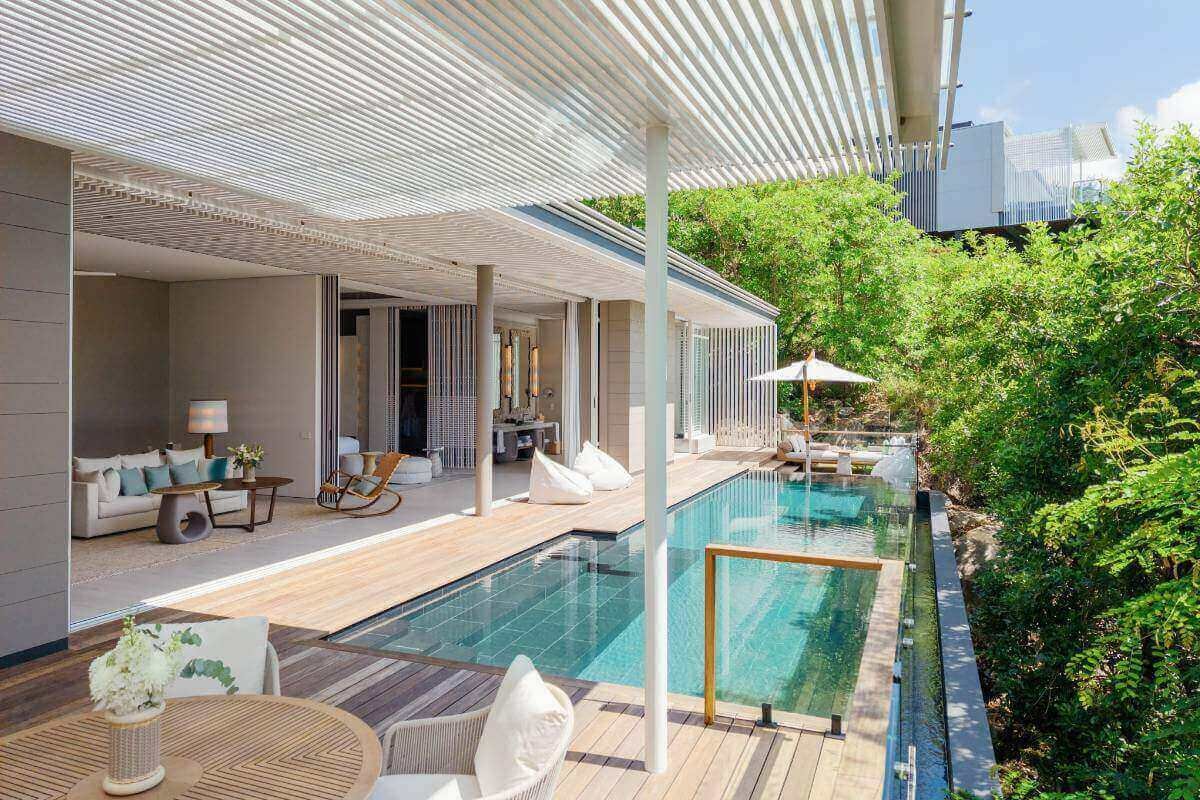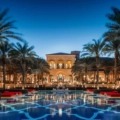Cheval Blanc Seychelles
The Inconsistency of Luxury Brands
Hotel brands have always been fascinating, mostly because they often lack consistency. Some manage to dazzle in one location and disappoint in another. Four Seasons gives us the splendor of George V, yet the underwhelming concrete sprawl of Bora Bora. Rosewood shines with Castiglion del Bosco but falters with their Holborn London property, which feels more like a layover lounge than a luxury retreat. Even Ritz-Carlton, a brand known for mediocrity, surprised us with Kyoto — a rare gem in their portfolio.
Even Aman, the darling of design lovers, veers from the brilliance of Amanzoe in Greece to the peculiar Amanwana — a resort that feels abandoned mid-project. And Singita? Though adored by many, it even stumbled with the baffling Singita Explore. Airelles remains the only brand yet to fumble. Fingers crossed they don’t botch Venice.
The Bigger the Brand, the Greater the Risk
The lesson? The bigger the brand, the higher the chance something less-than-lovely sneaks into the lineup.
Which brings us to Cheval Blanc — a brand I’ve long admired. But as they grow, I find myself questioning whether that admiration still holds.
Hits and Misses in the Portfolio

We’ve visited Randheli four times. The service occasionally stumbles, yet it remains unforgettable. Paris is flawless. Courchevel isn’t my scene, but for actual skiers (or parents with flu-ridden children), it has its fans.
But St. Tropez? It’s a renovation trapped in a body that doesn’t want to be remarkable. St. Barths is more of the same — beautiful service in a property that never rises above “nice.” A client once said it best: “A four-star hotel with five-star service.” I’ve been repeating that line ever since. Sometimes I claim it as my own.
Welcome to the Seychelles
And now: Cheval Blanc Seychelles.
It’s beautiful — unquestionably so. But it’s another legacy property, this time inherited from Banyan Tree. That history brings limitations. Villas are uncomfortably close. Beach rooms lack dedicated living spaces. There’s even the bizarre intimacy of seeing directly into a neighbour’s pool. The beach? Gorgeous but rough — almost violent in temperament.
It feels like Cheval Blanc wanted a hotel in Seychelles more than they found the right place to build one.
A Trend That’s Hard to Ignore
The pattern continues. St. Tropez, St. Barths, and Seychelles—all inherit constraints that dilute the brand’s identity. Next up is Cheval Blanc Pitrizza in Sardinia — another refurb, another rebrand.
Cheval Blanc is beginning to resemble its parent, LVMH: glossy, aspirational, but increasingly mass-market. It is still expensive, still alluring, but no longer rare. Hermes recently surpassed LVMH in value, proving that scarcity, not scale, defines true luxury.
The Future of the Brand

I still care about Cheval Blanc. I’ll still turn up for every opening. But I no longer believe each hotel will be essential. The brand feels like it’s chasing “good enough” instead of greatness.
And that, unfortunately, doesn’t feel very Cheval Blanc at all.



